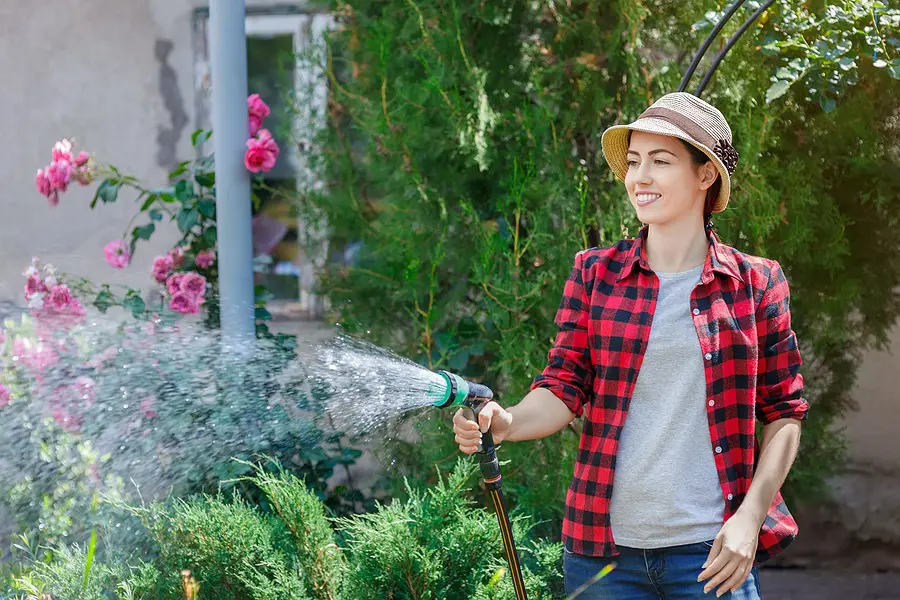 207-885-0771
207-885-0771Spring Plumbing Tips – With warm weather clearly in our future, be sure to add these spring plumbing maintenance tasks to your chore list. You may have a plumbing issue that you aren’t aware of, or issues that are small now but can become big. Spending a little time this spring to do some plumbing maintenance at your home is well worth the time!

Turn on all outdoor water spigots (hopefully you shut them off last fall to prevent frozen pipes). Check for any leaks coming from the valves or fixtures.
Run water through your garden hoses and check for any damage to the hose or connectors. Leaky hoses waste water and run up your bills.
Turn on and run your sprinkler system if you have one. Broken sprinkler heads don’t water accurately and will increase your water usage unnecessarily.
Sometimes, confused little birds think vent pipes are a great place to build a nest. Leaves and other falling debris can clog up vent pipes. A blocked plumbing vent pipe will impact your plumbing fixtures ability to drain quickly.

When your gutters are clogged, rainwater will not drain properly away from your house. This standing water around your house will make its way back into your basement or crawl space, adding excess water and moisture to your home. It will also make your sump pump work overtime. Make sure all downspouts clear well, and are directed to move water at least 10’ away from your house.
The average leaky toilet can waste about 200 gallons of water per day. That’s over 6,000 gallons a month – for just one leaking toilet!
A faucet or shower head that leaks 120 drips per minute wastes 11 gallons per day, or 330 gallons per month!


If you find a small clog, try to open up the drain by gently plunging it. Never use chemical drain cleaners because they are caustic and can cause additional damage to your pipes.
If you have a sump pump, make sure it is operating properly. Never run a dry pump, so pour a few buckets of water in the sump pit to make sure it turns on quickly, pumps, and shuts off without any problems. Consider investing in sump pump monitor for total peace of mind.
Make sure the sump pit is clean of debris and buildup. Also check the discharge pipe, and clear of any leaves and debris that may have build up over winter.
If your water heater is 10-12 years old, it’s time to think about a replacement. When a hot water heater goes, it can be catastrophic. Inspect all around your water heater for signs of a leak or corrosion. If you see any warning signs, call a plumber immediately.
The temperature on your water heater should be set no higher than 120°F to prevent scalding and reduce energy use.

Mold and mildew growth is a sure sign of a water leak or excess moisture. Any of these scenarios is very bad for your home and potentially your health. Determine the cause immediately or call in a professional to assess the situation.
While it’s not as exciting as planting flowers, catching a small plumbing problem now can save thousands of dollars later. It’s never worth putting off plumbing repairs because they only get more expensive and damaging the longer they go on. Plumbing leaks and problems also waste a lot of water which is bad for the planet, reduces energy efficiency, and drives up your utility costs.
We hope this list helps you give your plumbing some springtime attention. If you spot any issues, or you have concerns, schedule a visit from your plumber. A thorough inspection will help determine exactly what repairs or replacements you may need and set your mind at ease.
If you have any questions, please contact us to schedule a service visit to ensure that all the plumbing in your home is working properly.